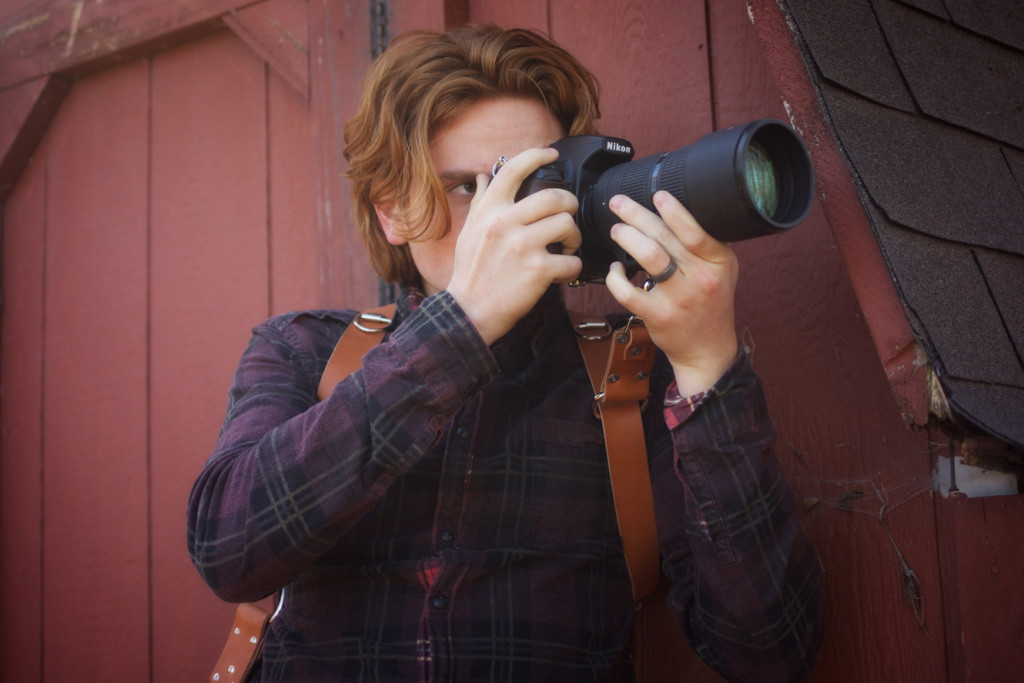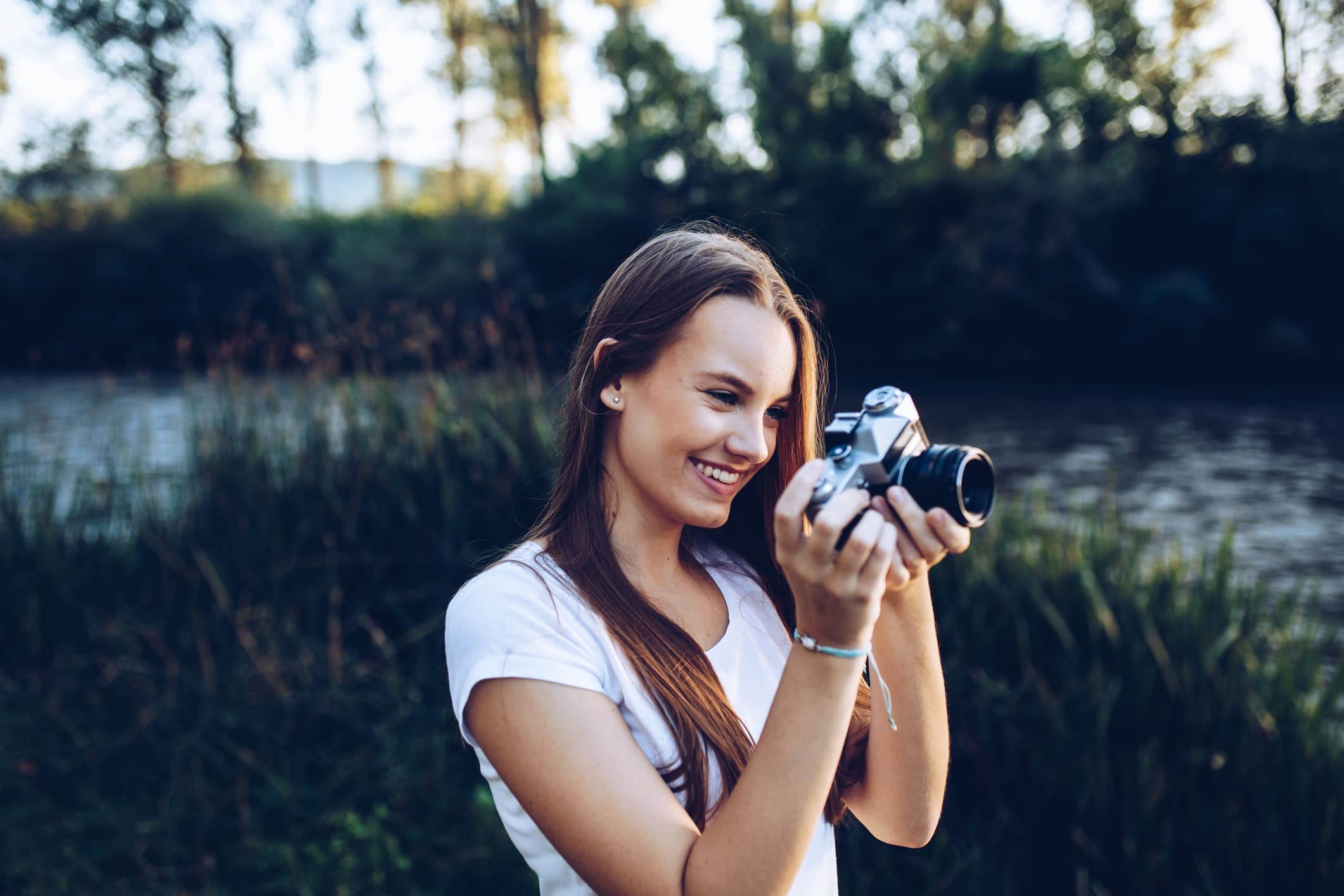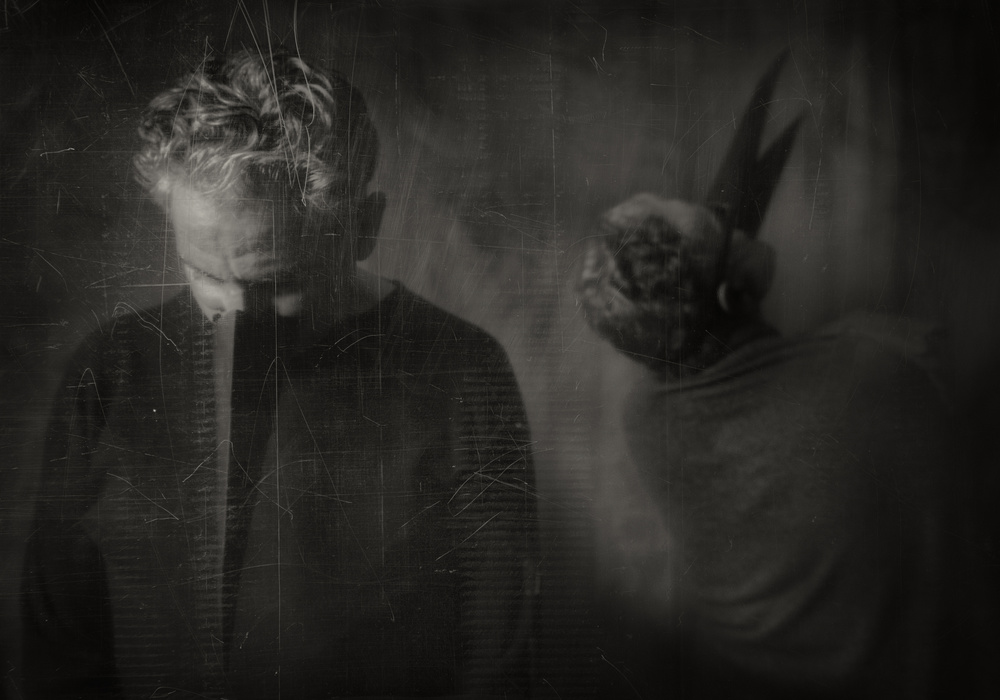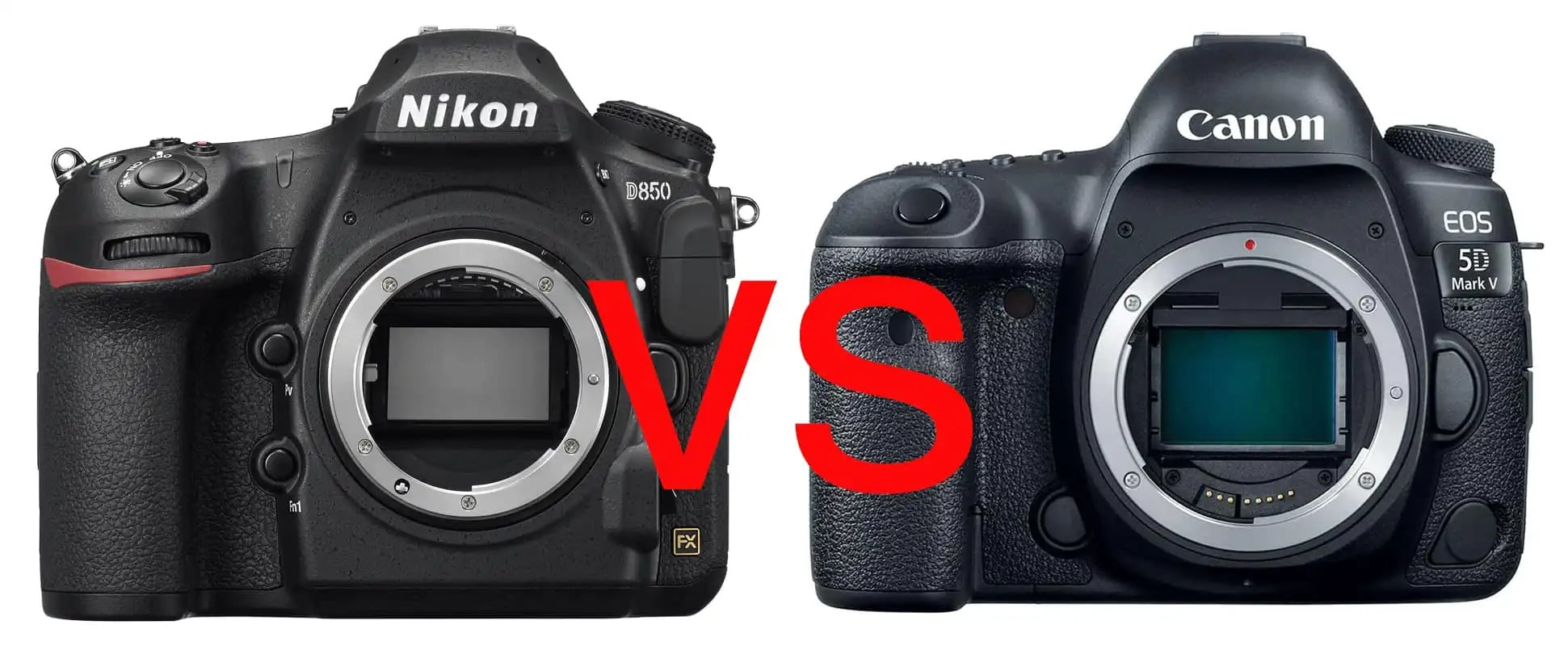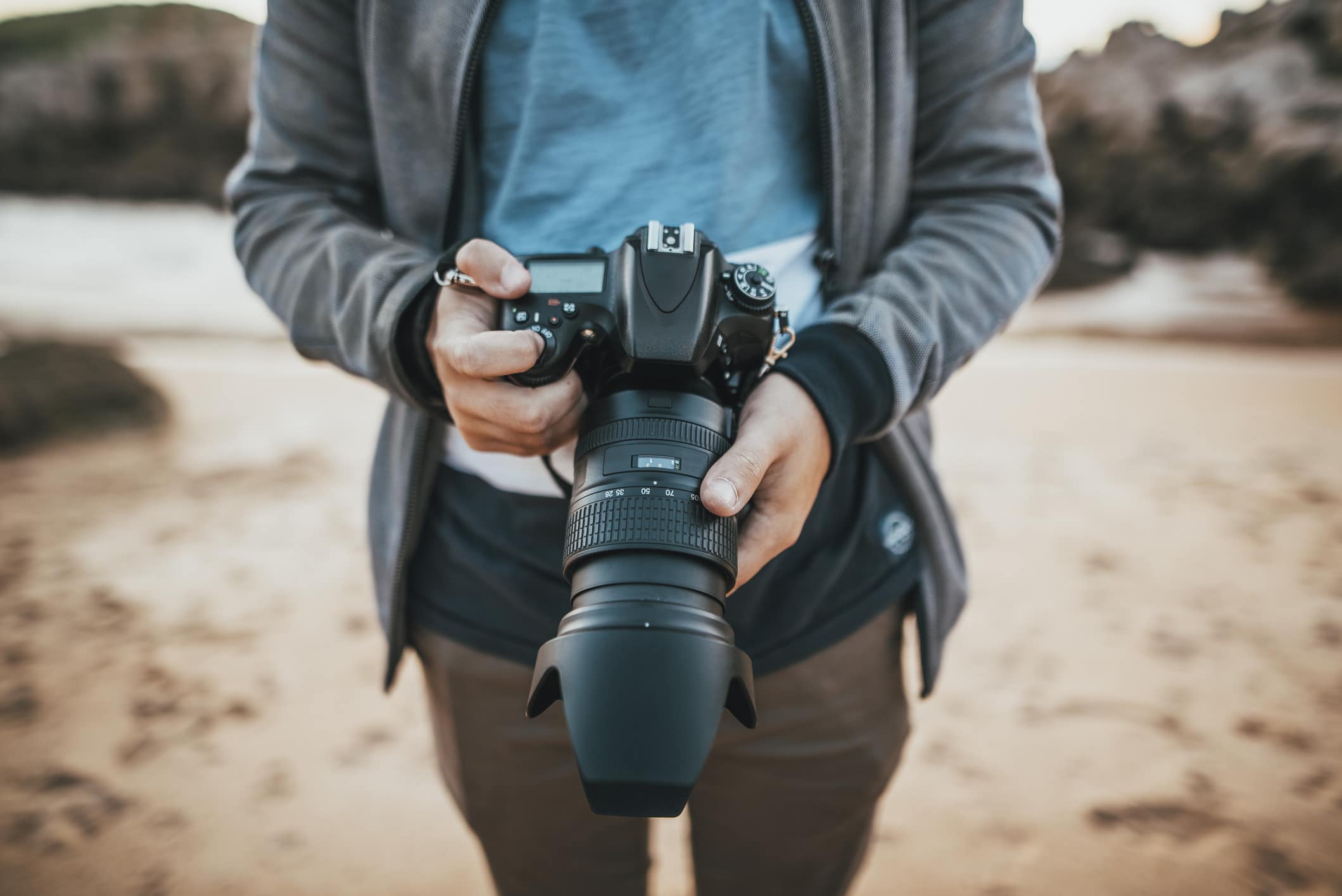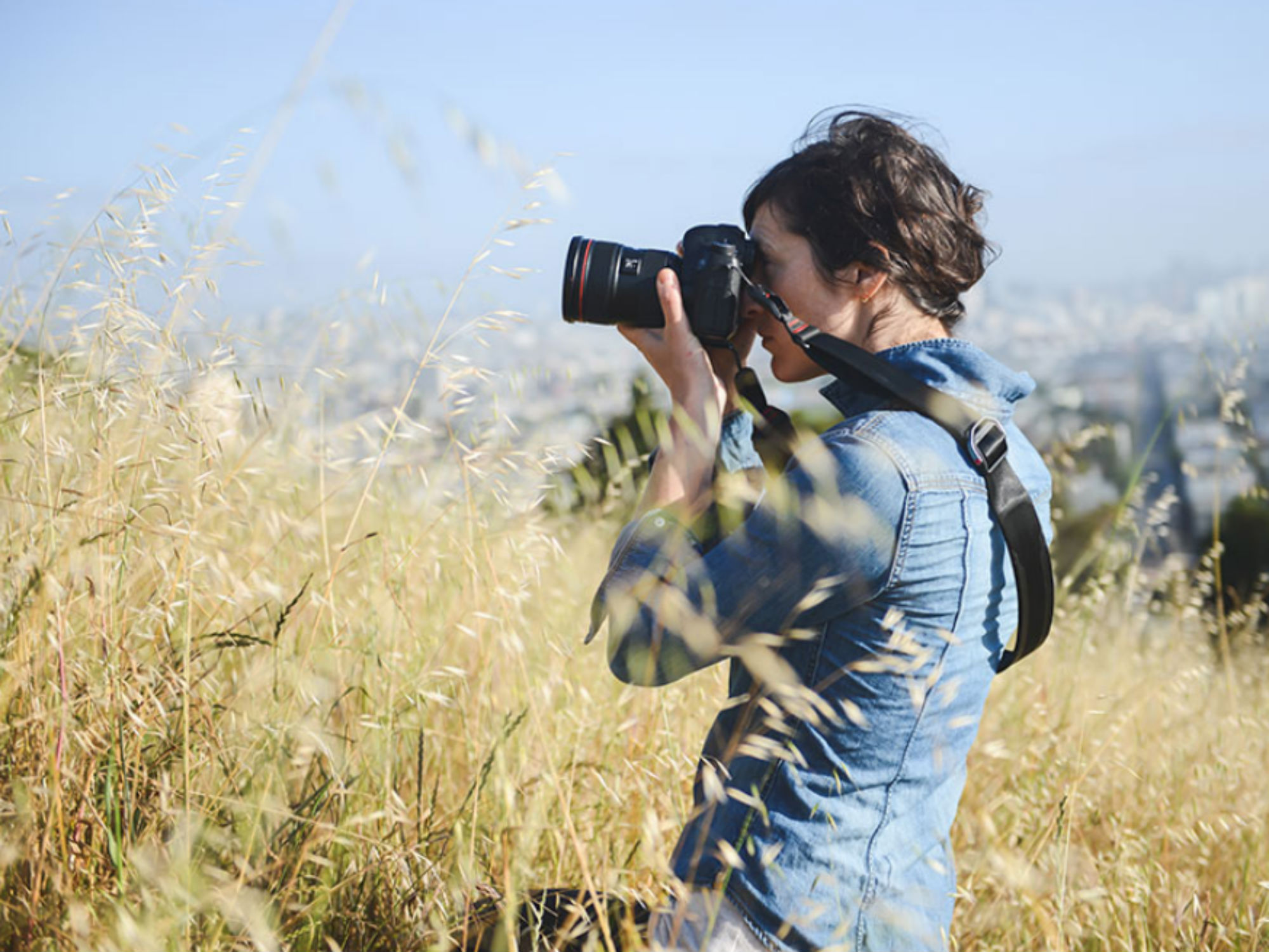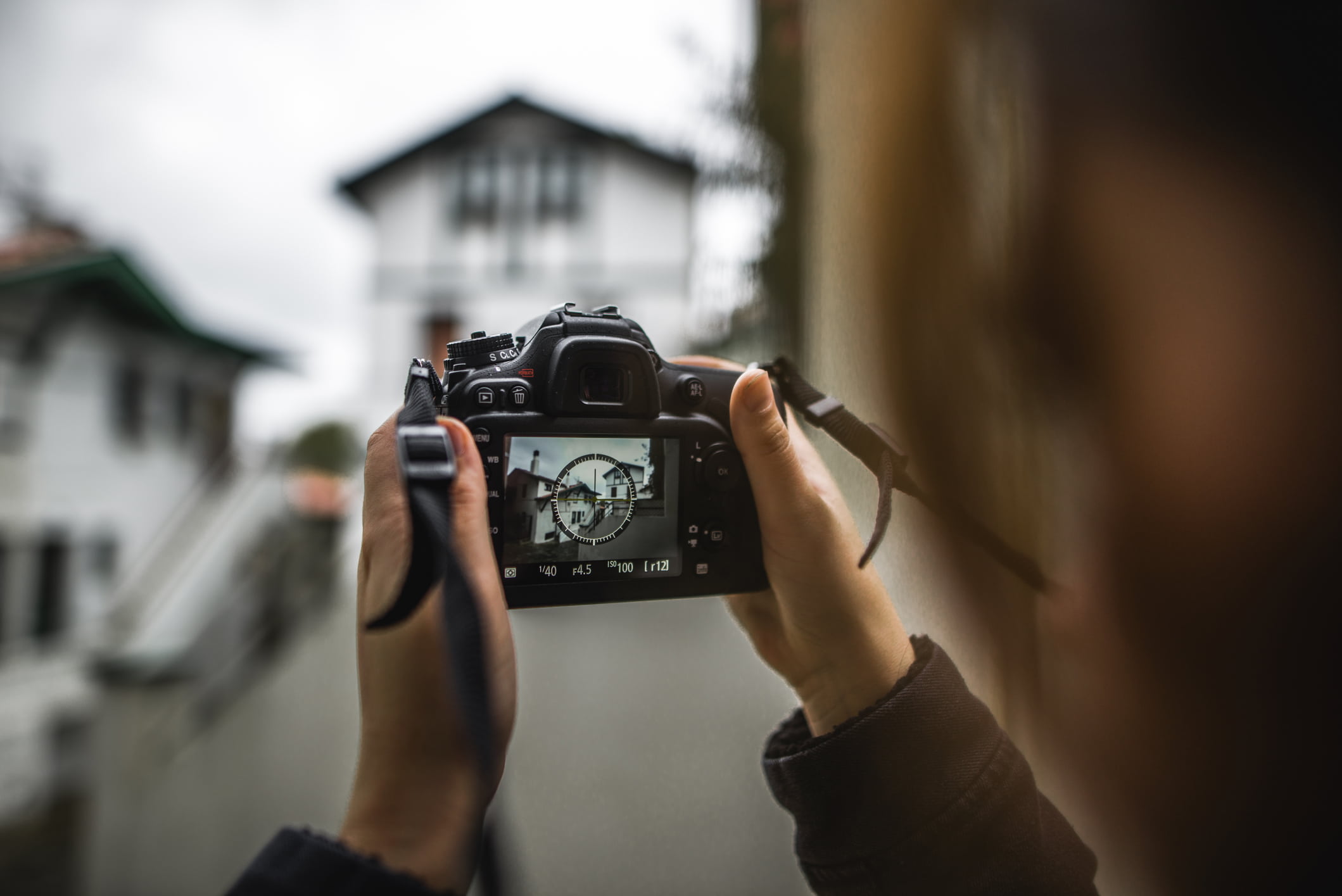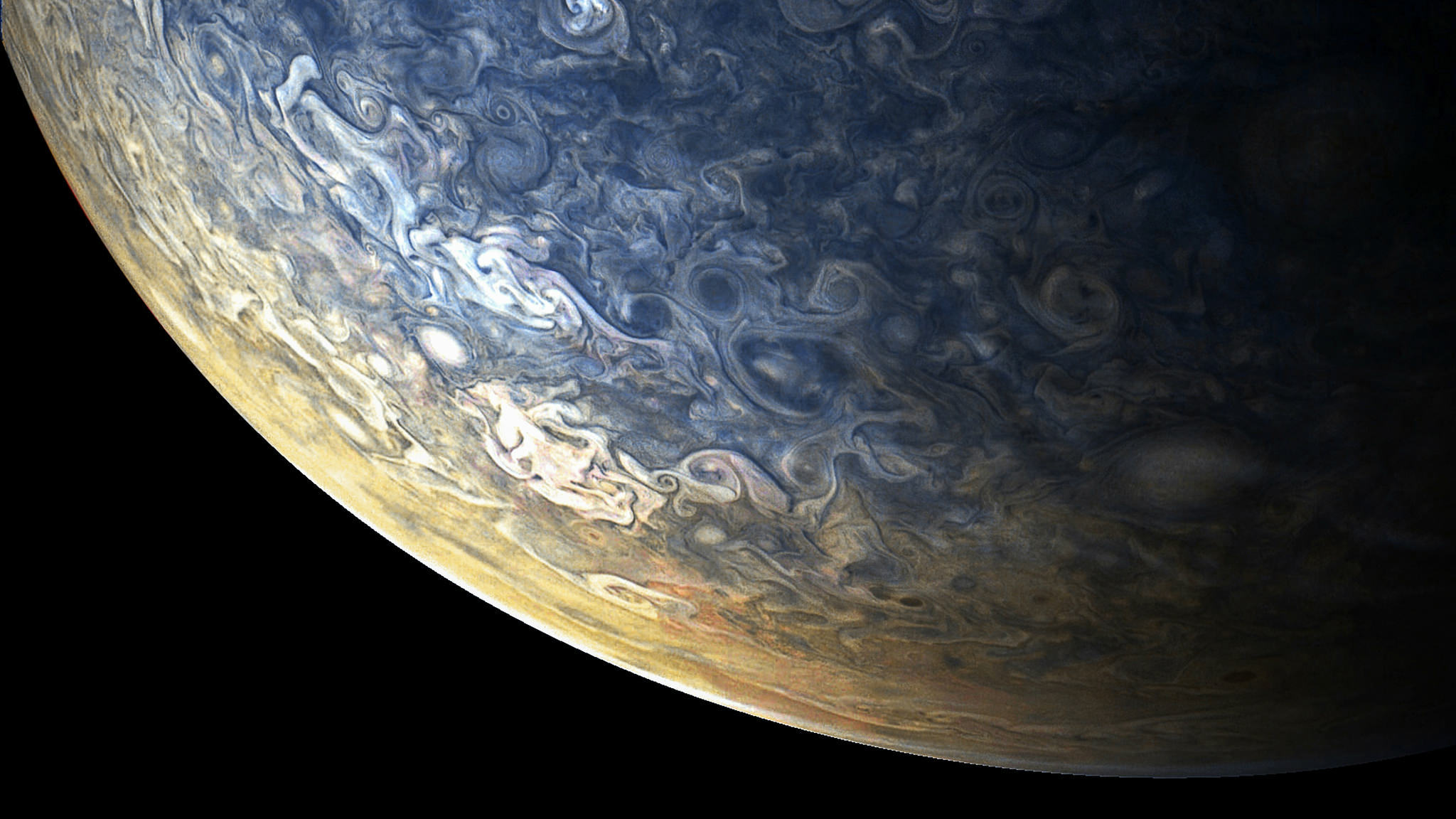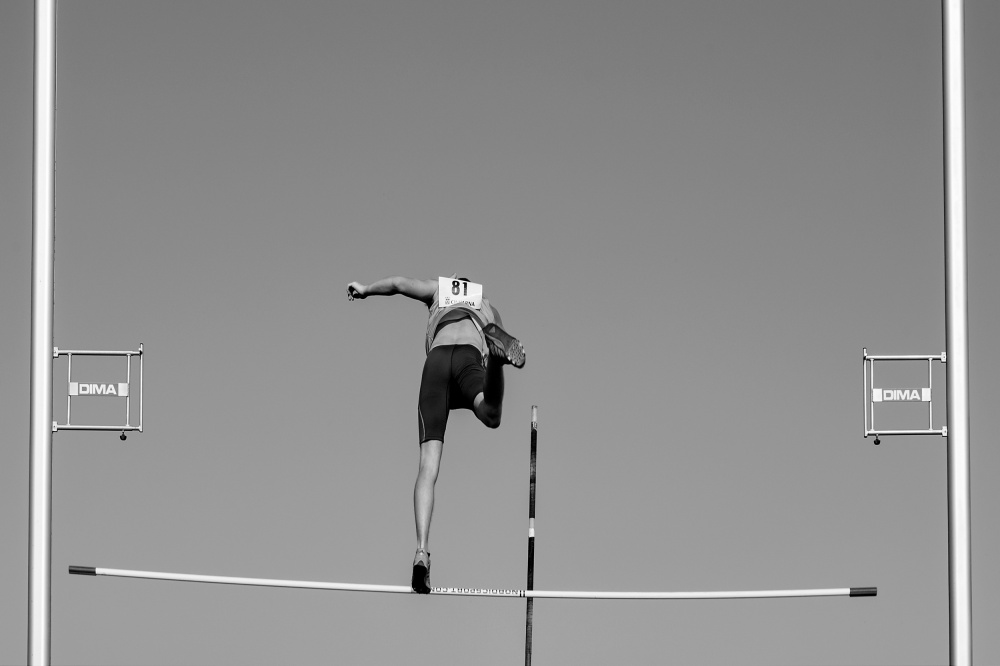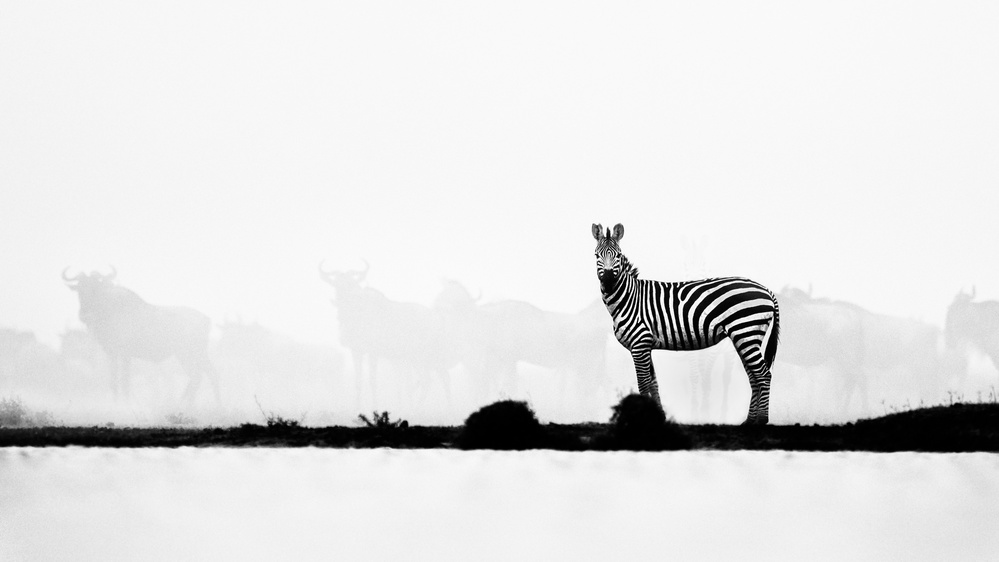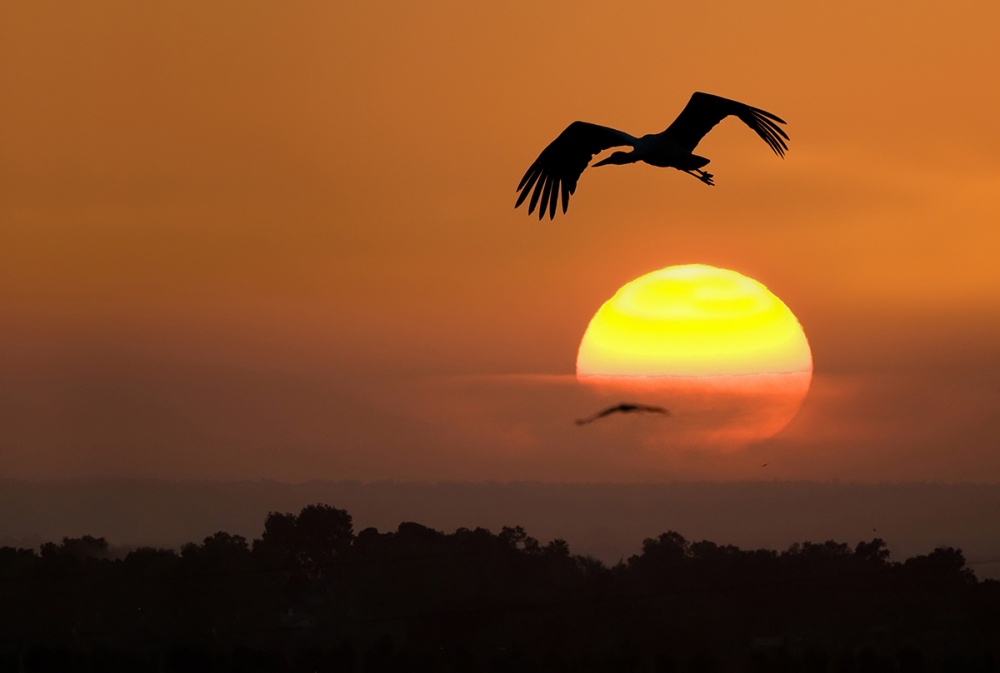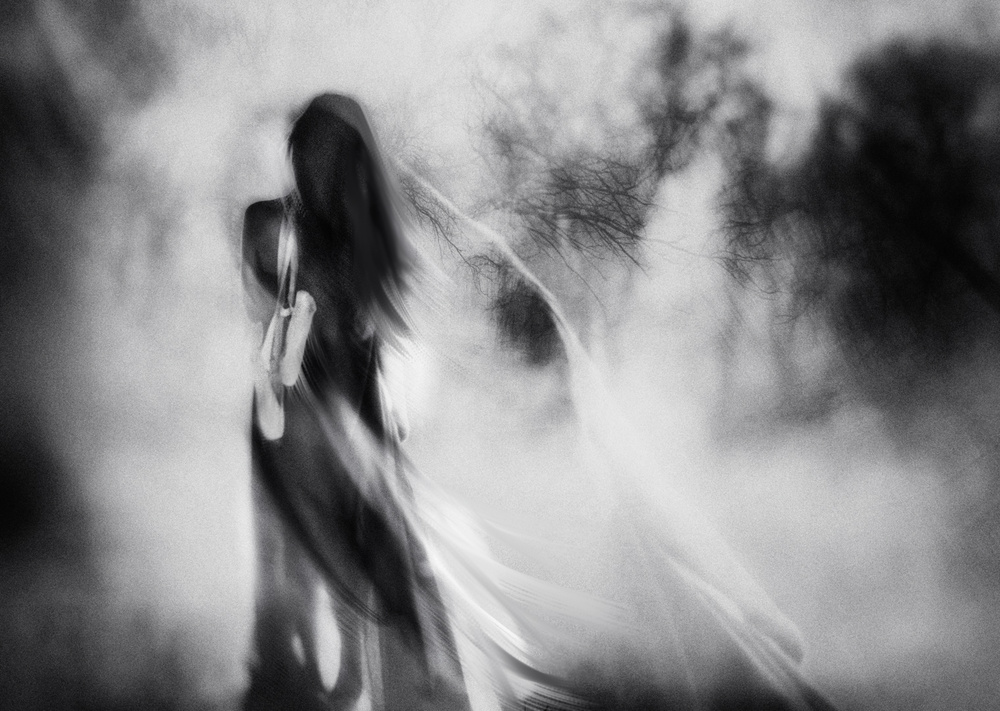Tips & Tricks
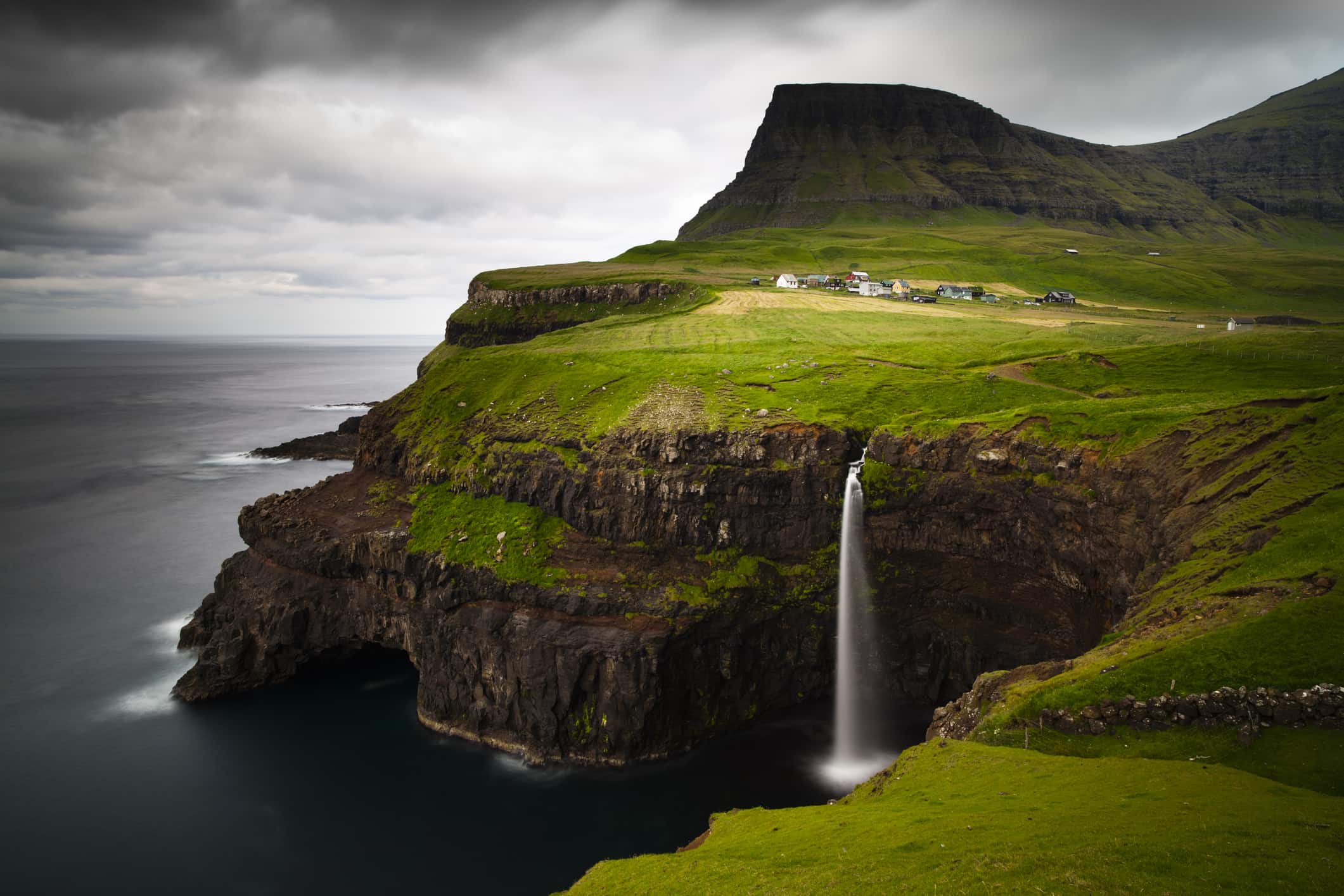
Every Landscape Photographer Needs These Filters
Photography Talk
In the digital age, we've come to rely on the likes of Photoshop and Lightroom to make adjustments to our images.
And that's totally okay! I'm not a Photoshop hater in the least...
However, there are some things that Photoshop simply cannot replicate, at least not well.
The first is the effect that a polarizer has on an image.
The second is the effect that a neutral density filter has on an image.
And because of that, polarizers and ND filters are must-haves for landscape photographers.
Editor's Note: If you're in need of a polarizer, ND filter, or other lens filters, we recommend Formatt-Hitech. Their line of filters - particularly their Firecrest filters - are second to none and offer excellent performance at affordable prices. You can check out their filters by visiting their website.
What Does a Polarizer Do?
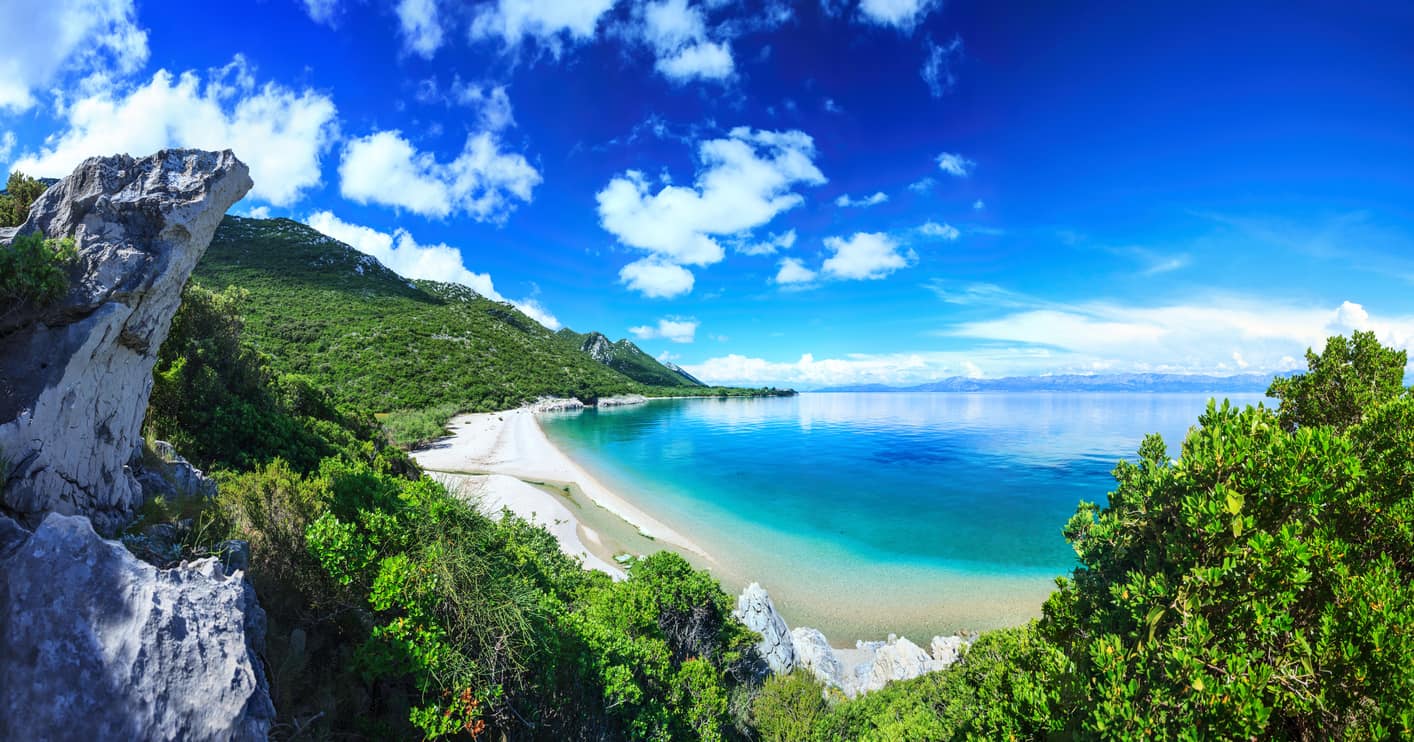
The great thing about polarizers is that they do a lot of different things.
For starters, they increase the contrast of the sky, making the blues deeper and the whites of the clouds brighter. In other words, they make skies pop.
Additionally, polarizers reduce glare off of non-metallic surfaces like wet foliage and rocks, as well as the surface of bodies of water.
That increases your ability to get a clean, crisp image because the polarizer will eliminate distracting glare.
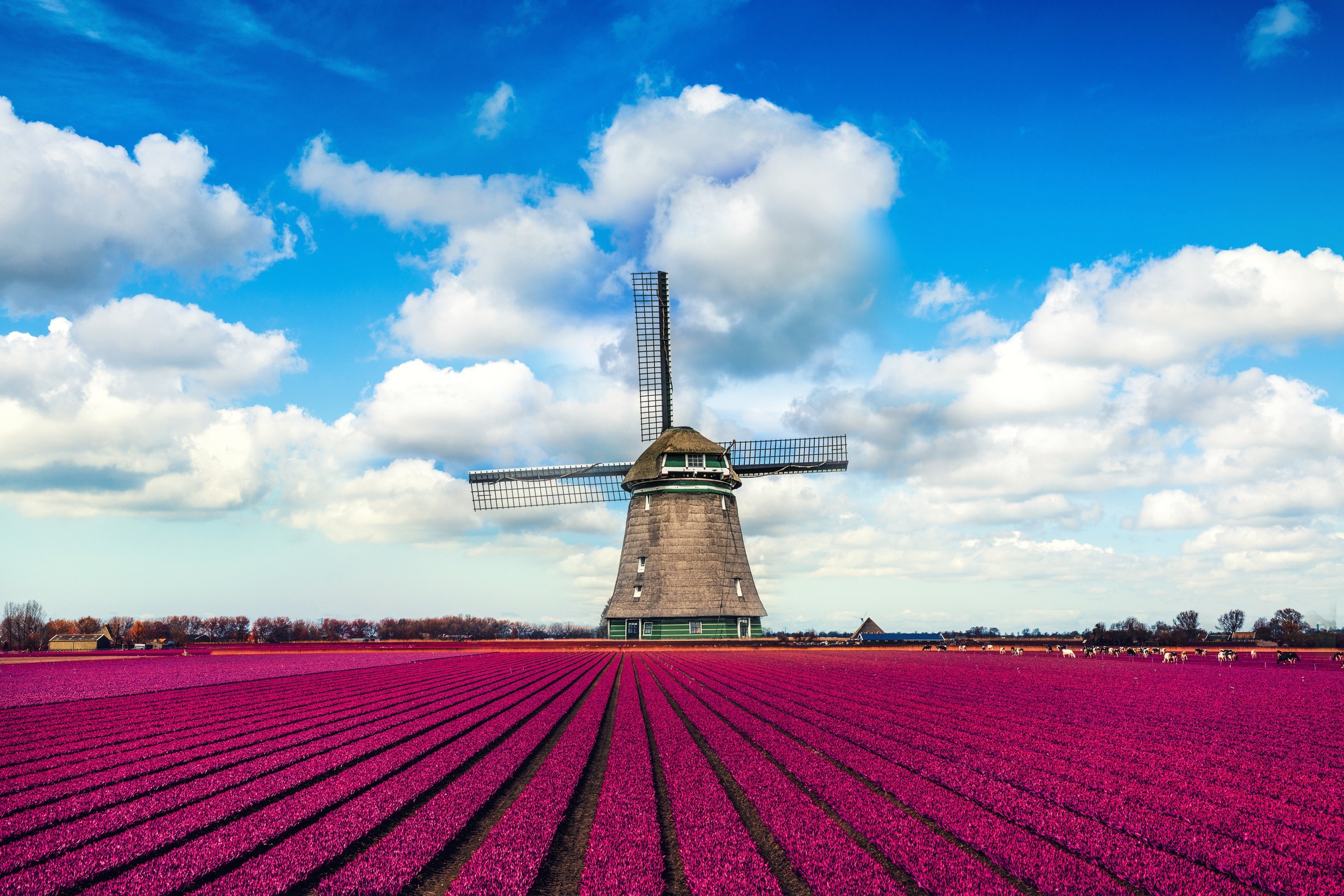
What's more, polarizing filters reduce atmospheric haze. It's just another way that they improve your landscapes for a cleaner look.
And since polarizers come in a circular form that rotates, you can adjust the filtering power of the filter to get different looks.
Granted, you can overdo it with a polarizer, which leaves darkened blobs in the image. You can also underdo it by not using the filter in the best way.
For example, to have the best effect, you should shoot at a 90-degree angle to the sun when you're using a polarizer.
However, despite these potential difficulties, one thing remains the same - the effect you get from a good polarizer simply looks much better than what you can accomplish in Photoshop.
Learn More:
- Get the Specs and Pricing on Formatt-Hitech Polarizing Filters
- When to Use (and Not to Use) a Polarizer
What Does an ND Filter Do?

ND filters are specifically designed to reduce how much light enters your camera's lens.
These darkened filters come in varying strengths, measured in stops. For example, a 1-stop filter has little light-blocking power, where a 16-stop filter has tremendous light-blocking power.
The question is, why would you want to block light entering your lens?

For landscape photographers, if you want to create motion blur in an image, say, blur the movement of water, you need to use a slow shutter speed.
The problem is that if you reduce the shutter speed to get that motion blur, the image will be wildly overexposed.
That's where an ND filter comes in...
By blocking out some of the light, an ND filter enables you to use the slow shutter speed you need for motion blur while protecting against overexposure.
High-quality ND filters are truly neutral and have no effect on the colors in the image.
Cheap ND filters can't claim the same, so buyer beware when you shop for an ND filter.
Learn More:
- Get the Specs and Pricing on Formatt-Hitech ND Filters
- Get Started in Long Exposure Photography With These Quick Tips
Isn't Photoshop Easier?

The answer to this question will depend on who you ask.
For me, Photoshop isn't an easier alternative to using a polarizer or an ND filter because you simply cannot get the same quality results in post-processing as you can in the field.
Yes, you can make a change in Photoshop relatively quickly, but you can add a filter to your lens pretty quickly as well.
That's particularly true when using a circular polarizing filter, given that you simply screw it onto your lens and rotate the filter as needed.
With ND filters, there's some calculations involved to get the right exposure settings with the filter attached.
However, even then, it's not like it's a long, drawn-out process to use an ND filter.
Get Quality Results With Quality Filters
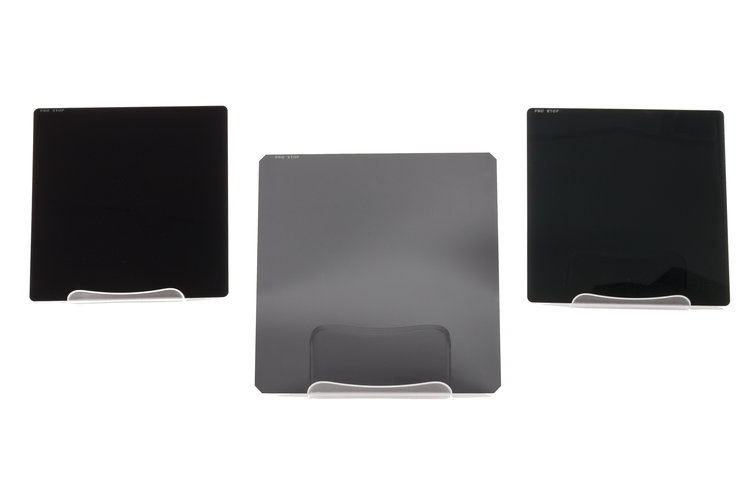
I cannot emphasize this point enough...
If you want the best-looking photos, you need to outfit yourself with top-quality filters.
Filters are a lot like lenses in that regard - the better the lens, the better the quality of the image.
You don't want to put a cheap filter in front of your expensive lens, so getting high-quality filters is a must.
As I noted earlier, Formatt-Hitech knows how to build a great filter...
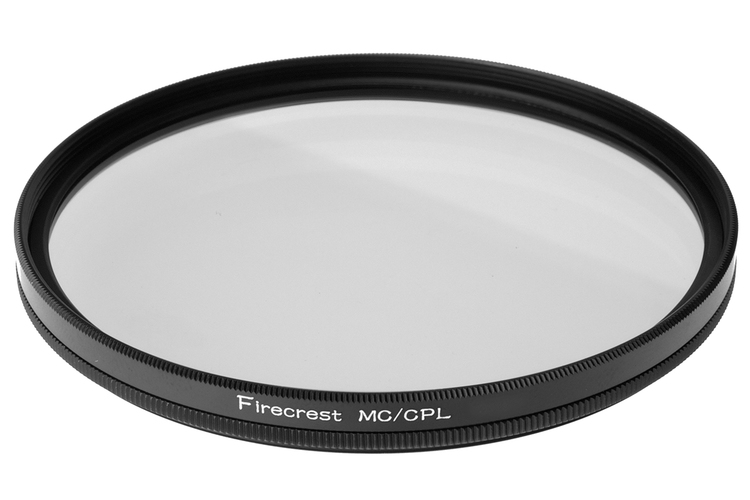
Their Firecrest ND filters have a rare earth metal coating that helps keep their effect hyper neutral. What's more, they have multicoating bonded in the middle to prevent scratches to the glass.
Formatt-Hitech's Firecrest Circular Polarizer comes with an exclusive anti-reflective coating that ensures your photos have gorgeous colors and contrast. The polarizer rings are precision milled, too, giving you pinpoint control over how they impact your images.
In other words, if you want to create the best possible landscape photos, pull yourself away from Photoshop, get outfitted with some awesome filters, and see what you can do out in the field!



